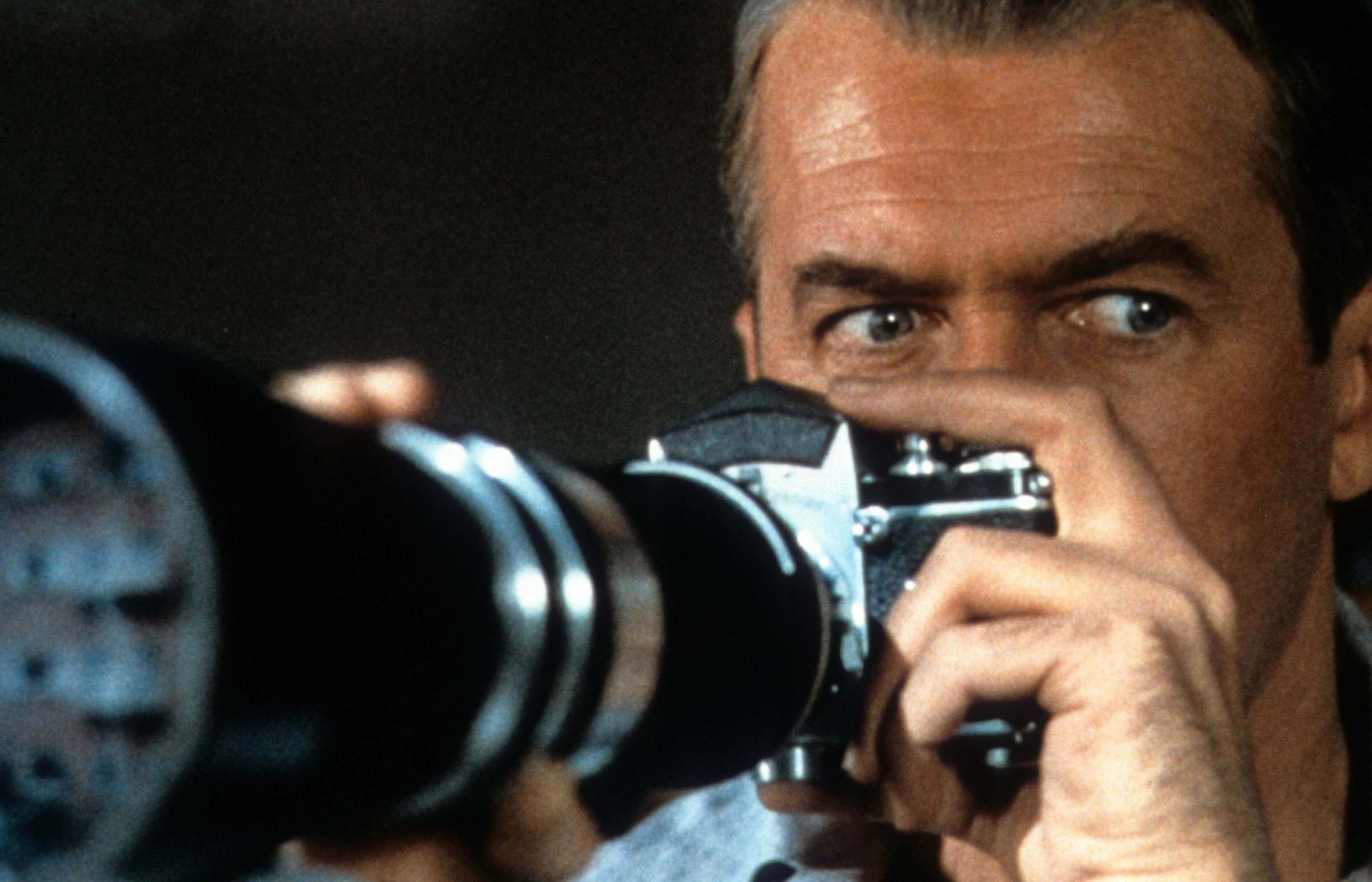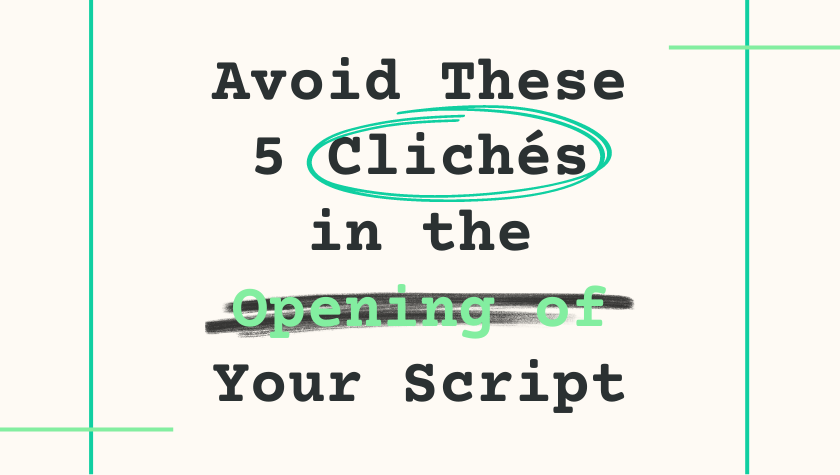5 Tips to Writing a Great Third Act
November 9, 2022
A film industry professional continues reading a screenplay because it has a great first act, but it’s the third act that’s likely to stick with them afterwards. When you finish watching a film, isn’t it the ending that’s freshest in your mind? It’s the last part of the story, so it’s going to initially leave the biggest impression. Because of this it’s extremely important to end your script with as much impact as possible. Below are 5 tips to writing a great third act:
Plant Your Seeds
In my articles 5 Tips To Writing a Great Opening and How To Avoid a Second Act Slump in Your Screenplay, I discuss the importance of writing a strong first act that engages the reader and plants substantial seeds for a second act. Likewise, your first act should also have seeds planted for your third act. This doesn’t mean a writer has to have every single beat of their script worked-out before writing and it doesn’t mean they can’t repivot or reimagine their story’s climax and resolution if inspiration hits, but oftentimes the most satisfying stories are ones that are built on what came before. You can always go back and do some reverse engineering to your script if you decide to take your story into a different direction. Regardless of when you do it, your first act should have seeds for your third act planted. There should also be foreshadowing involving your main characters’ trajectory and where your story is headed; this not only creates incentive for people to continue reading your script, it enhances all of the below tips.
Have Plenty of Pay-Offs
Perhaps the most important quality of a great third act is to have as many pay-offs as possible. Think of a pay-off as a punchline to a joke; this is one of the reasons why planting seeds beforehand is so important: the better the setup, the better the third act lands. Whether it’s a phrase a protagonist throws back to an antagonist or an unlikable character finally getting their comeuppance, the more pay-offs you sprinkle throughout your third act, the better it’ll be received. Sometimes it’s something the protagonist has been working on — a skill or strength they’ve been acquiring — that enables them to overcome their biggest obstacle. When audiences have gone on a journey with a character and have watched their slow but steady growth, seeing the fruit of their evolution is extremely satisfying. For example, when George McFly summons the strength to clock Biff in Back to the Future, audiences cheered; it was their victory as much as George’s. Most classic films have third acts containing memorable pay-offs: Han Solo coming back to help Luke in Star Wars; Clark Kent besting the diner jerk in Superman II; Ripley using the Power Loader against the Queen Xenomorph in Aliens; Rick Dalton finally getting to use that flamethrower stored in his toolshed in Once Upon a Time in Hollywood; etc. The more payoffs you have in your third act, the more satisfied readers will be.
Have Surprises and/or a Big Twist
From The Empire Strikes Back to The Sixth Sense, there have been many successful films that have utilized a much talked about twist. Hitchcock films oftentimes employed twists in the third act, and it’s still a popular trope, especially in thrillers. The best twists often work with everything that’s happened before and the less plot holes people can find with the twist, the more receptive they’ll be to it. Of course not all screenplays require a big twist in the third act — in the same manner that not all films feature them — but, at very least, there should be a surprise or two. With well over a century of movies being produced, people are quite aware of certain cinematic formulas; as a result, many people can become bored or disinterested with a script if they know where the story is going. This is why subverting expectations and throwing a few surprises the reader’s way is a smart idea; it reengages the reader and makes them realize the script might go places they didn’t expect. Sometimes it doesn’t even have to be an out-and-out surprise but simply going about something in an unexpected way. For example, in most James Bond films, audiences expect 007 to overcome certain predicaments but it’s the specific method — usually a spontaneous and inventful moment of resourcefulness — that keeps them watching. Your script should never go into auto drive in the third act; it should continue to subvert expectations and surprise the reader whenever possible. The less predictable the outcome, the more exciting it’ll be.
Escalation Followed By Resolution
Momentum is one of the most important aspects of a screenplay and your script should never go backwards. Whether it’s the biggest and most complicated hits always being in the third act of a Godfather movie, or the biggest and most complicated heist in the third act of a Fast & Furious film, the stakes should reach their peak in the climax. In spy thrillers and super hero films, it’s where the main villian’s plan is revealed and it’s greater in scope than anything we’ve seen beforehand. In horror and slasher films, it’s where the Final Girl clashes with the killer or monster that has been stalking them. In a crime drama, it’s where the personal and professional lives of a protagonist come to a head. For example, at the climax of Se7en, Detectives Somerset and Mills have to play one last chilling game with the serial killer and it involves a loved one. The stakes should always be at their highest in the third act, and it’s where a protagonist is either victorious or making a final stand. Regardless of the result, they should never be the same after what has happened. Oftentimes the resolution involves a sacrifice from the protagonist: sometimes it’s a mortal sacrifice (Gladiator; Avengers: Endgame), other times it’s the protagonist having to abandon or dispatch someone they love (Thief; Revenge of the Sith), or it can simply be a sacrifice of innocence (Risky Business; It). If your protagonists aren’t forever-changed at the end of your script, there’s a good chance the stakes weren’t sufficiently raised in the third act.
Go Full Circle
Like pieces of a puzzle coming together, we often find symmetry in storytelling pleasing. This is why many writers like to have thematic or narrative bookmarks linking beginnings and endings. This doesn’t mean that the protagonist has to literally go back to the location they were at in the beginning of the script, but oftentimes they’re confronting something from their past. James Bond returning to his childhood home in Scotland in Skyfall is an example of a character going full circle; the world he inhabited as an orphaned child is the location where he makes a last stand against an antagonist who threatens the life of his surrogate mother (“M”). In my article How To Create an Emotion Through Line in Your Screenplay, I explain how a screenplay should have an internal story running parallel to the external story. The third act is where everything collides and comes together. Sometimes the protagonist does find themselves at the opening location — as does Paul Hackett in the cult-loved comedy After Hours — but he’s no longer in the bored and restless state he was in the beginning; he’s now traumatized by a series of after hours misadventures. Or the film returns to the opening location and situation, but now we see how it’s connected to the overall story and how it plays out (e.g., Pulp Fiction; Fight Club). Sometimes it’s different characters in a similar situation (Angie Dickinson and Nancy Allen’s respective showers in Dressed To kill). Or if it’s the conclusion of a trilogy, the protagonist is going back to square one but with newfound wisdom (e.g., Peter Parker at the end of Spider-Man: No Way Home). The more of a connection people see between a script’s beginning and ending, the more they’ll feel they’re inhabiting a fully-realized world. The longer we live, the more times we’ll find ourselves going full circle; it’s an undeniable pattern of life. If your writing reflects this, it will be reflecting something poignant and powerful and will connect with many people.
Written by: Edwin Cannistraci
Edwin Cannistraci is a professional screenwriter. His comedy specs PIERRE PIERRE and O’GUNN both sold with more than one A-list actor and director attached. In addition, he’s successfully pitched feature scripts, TV pilots and has landed various assignment jobs for Universal, Warner Bros, Paramount and Disney.



